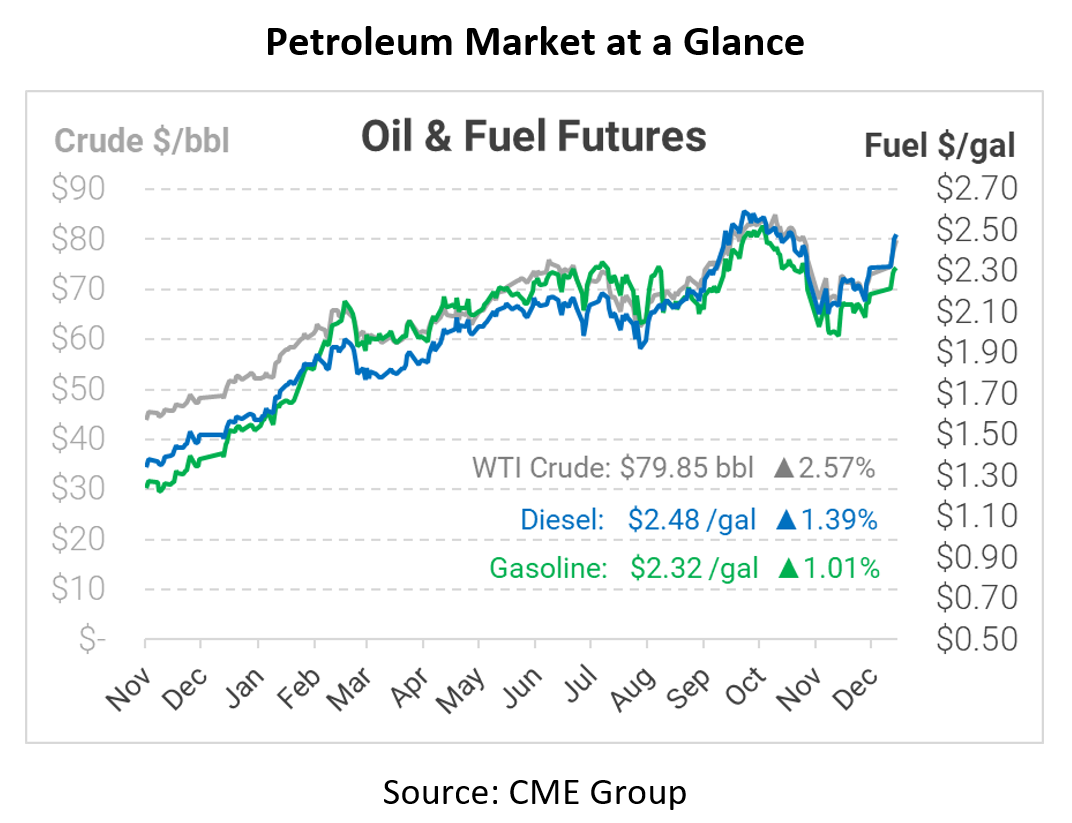
The Deepening Driver Shortages
It is no secret that trucking is at the heart of most industries. How goods get from one place to the other is a logistical feat that many take for granted, but that industry is now being threatened. As less and less drivers hit the road, the question that remains is what’s next for this industry, and how will it impact yours.
For many years, truck driver numbers have not kept pace with demand, causing a shortage. According to the American Trucking Associations (ATA), the United States has a shortage of around 80,000 drivers. With 72% of the transport in America coming through trucks, this is scary for those who rely on goods and commodities to operate their businesses. And it’s not just a US problem.
In heavily populated areas of Europe and China, nearly 800 transportation companies reported that they have severe shortages. With virus outbreaks and inflation causing severe market disruptions, this is just one more factor to add to the mix of unfortunate global supply chain issues. One of the many problems boils down to the fact that because they are in such high demand, truckers can now be much more demanding for what they want in compensation and benefits, but not all companies are agreeing to these demands. As well, drivers face many on-the-job challenges such as inadequate parking, regulations, and work/life balance.
As the driver shortage challenge continues growing, so comes a time when new methods of transportation arise. With the push for a digital world comes new ideas around trucking, such as all autonomous fleets. But this is also an idea that will take some time to fully accomplish. With millions of truck drivers in the United States alone, the industry is still grappling with how to incentive these drivers more, because drivers are at the heart of transportation and logistics.
This article is part of Daily Market News & Insights
Tagged:
MARKET CONDITION REPORT - DISCLAIMER
The information contained herein is derived from sources believed to be reliable; however, this information is not guaranteed as to its accuracy or completeness. Furthermore, no responsibility is assumed for use of this material and no express or implied warranties or guarantees are made. This material and any view or comment expressed herein are provided for informational purposes only and should not be construed in any way as an inducement or recommendation to buy or sell products, commodity futures or options contracts.






